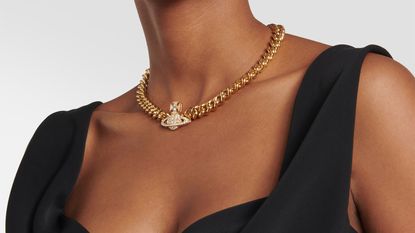Jewellery
-
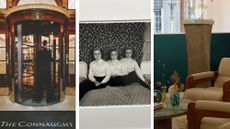
Out of office: The Wallpaper* editors’ picks of the week
This week, the Wallpaper* editors curated a diverse mix of experiences, from meeting diamond entrepreneurs and exploring perfume exhibitions to indulging in the the spectacle of a Middle Eastern Christmas
By Ellie Stathaki Published
-
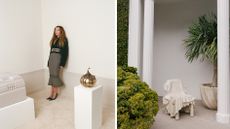
Sculpture meets jewellery meets sport? Kelly Wearstler’s latest venture is doing something completely new
The designer is launching a new curatorial platform, Side Hustle, free from the limitations of commercial commissions and aiming to foster truly original, experimental and interdisciplinary work
By Anna Solomon Published
-
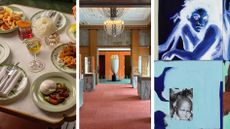
Out of office: the Wallpaper* editors’ picks of the week
A week in the life of the Wallpaper* team was filled with exquisite jewellery, spellbinding art, and lots (and lots) of good food
By Anna Solomon Published
-

With sleek surfaces and old world touches, Gunia Project's new Kyiv boutique elegantly captures the spirit of Ukraine
Local design firm Temp Project has created an enchanting new home inside a historic embassy building for the cult Ukrainian home and lifestyle brand
By Anna Solomon Published
-

All eyes on Greek jewellery brand Lito as it launches bold new amulets to mark its 25 years
Striking amulets, seductive stones and secret messages characterise Lito's striking new anniversary collection, an extension of its ‘Tu es Partout’ series
By Anne Soward Published
-
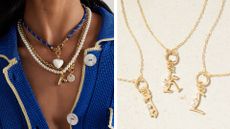
The best layering necklaces for an elevated yet casual look
How to mix, match and stack jewellery for the ultimate high-energy, low-effort style
By Anna Solomon Published
-

A scented ring? Wouters & Hendrix makes Hannelore Knuts’ dreams come true
Wouters & Hendrix collaborates with legacy model Hannelore Knuts on L’Issence, a collection of two scented rings. Here, Knuts tells Wallpaper* how they were made
By Minako Norimatsu Published
-
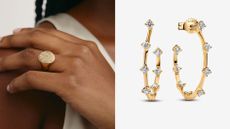
What are lab-grown diamonds? Experts explain
Man-made diamonds are having a moment. Whether as a sustainable alternative to classic engagement rings or as affordable diamond jewellery, synthetic diamonds are more popular than ever
By Anna Solomon Last updated
-

‘Strangeness is a necessary ingredient in beauty’: Aesop’s new floral perfume Aurner refuses to conform
Aesop’s new floral perfume Aurner is described as a ‘defiant bloom’. Its creator Céline Barel tells Wallpaper’s Hannah Tindle why the fragrance refuses to conform
By Hannah Tindle Published
-

Art takes London: Tiffany & Co, Damien Hirst and artists take over Selfridges' windows
Four British contemporary artists celebrate Tiffany & Co's pioneering history with a series of storied window displays
By Anne Soward Published
-
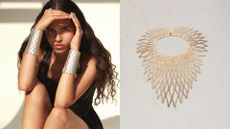
Late summer jewels: what to wear at Golden Hour
Late summer signals a jewellery style-shift. These independent designers have got it covered
By Caragh McKay Published
-

All smiles: How a grillz jewellery making class in London became an international hit
What started as a passion project quickly exploded in popularity. We get the story behind the grillz-making workshop at Cockpit London
By Elisa Anniss Published
-

Hair jewellery to covet and collect
Today’s hair jewellery is both practical and pretty. We're pinning our hopes on these simple and elegant accessories
By Hannah Silver Last updated
-

Emerging jewellery designers to get to know
These independent, new and emerging jewellery designers and brands from New York to Paris are firmly on our radar
By Hannah Silver Published
-
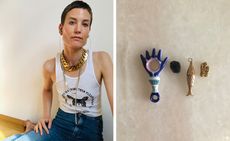
Jewellery designers share their most precious personal pieces
A host of jewellers give us a peek at the jewellery which brings them joy and solace
By Hannah Silver Published
-
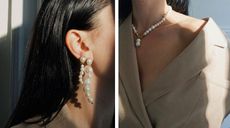
Playing it cool: pearls are having a moment
We've been deep-diving into boutiques around the world to find the very best calcium carbonate in minute crystalline form. It seems jewellers have been busy rethinking pearls, with contemporary (and often affordable) results
By Hannah Silver Published
-
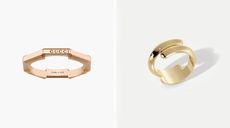
Eternity rings for the modern couple
Eternity rings, whether sleekly minimalist or sprinkled in diamonds, can be a chic and contemporary love token
By Hannah Silver Published
-

Deflowered: Anissa Kermiche’s floral ode to female sexuality
Anissa Kermiche’s new jewellery collection pays tribute to the female form
By Hannah Silver Last updated
-
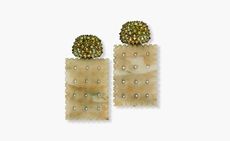
Biscuits and Bauhaus: we’ve developed a taste for Hemmerle’s tantalising jewels
Munich fine jewellery house Hemmerle celebrates its 125th anniversary this year.Purveyor to the Bavarian Court of medals and military insignia since 1895, it is famed for crafting the Bavarian Maximiliansorden, an order bestowed for the highest achievements in science and art. Today, Hemmerle is known for unusual material combinations, counting everything from mammoth tusk to ancient jade, walrus bone and 18th-century iron in its aesthetic arsenal. With regular appearances at art fairs across the globe, Hemmerle has nurtured a clique of collectors drawn to the German jeweller’s witty take on antique arts and materials. The fact that each piece is exceptionally crafted in the brand’s Munich workshops is also a major draw. Here, designer Yasmin Hemmerle shares the influences behind her eponymous brand’s latest jewellery creations.
By Laura Hawkins Last updated
-
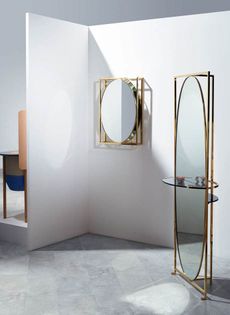
Beauty and transformation: BCXSY and H. Stern collaborate on ’Humble Vanity’ and ’Mystery in Gold’ collections
By Rosa Bertoli Last updated
-
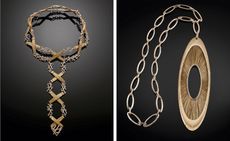
The Campana Brothers team up with Fabio Salini on a 'Dangerous Luxury' jewellery line
By JJ Martin Last updated
-

Tom Hingston Studio rebrands British jeweller Mappin & Webb
By Katrina Israel Last updated
-

D’Heygere: the accessories brand keeping it surreal
By Hannah Tindle Last updated
-

New mentorship for emerging jewellers from diverse backgrounds
The Natural Diamond Council partners with British jeweller Roxanne Rajcoomar-Hadden for a mentoring and networking programme that supports ten budding designers from diverse backgrounds to help them break into the industry
By Hannah Silver Last updated
-

Clean cut: white metal designs add a glint of refinement
By Laura Hawkins Last updated
-
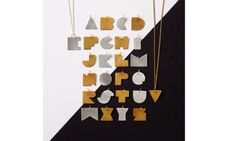
Throwing shapes: Darkroom celebrates five years in style
Continuing its fascination with shape symmetry, Darkroom is celebrating its fifth birthday with five new products centred around geometric shapes
By Tilly Slight Last updated
-
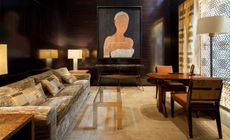
Louis Vuitton opens watches and jewellery store in Paris
By Caragh McKay Last updated

